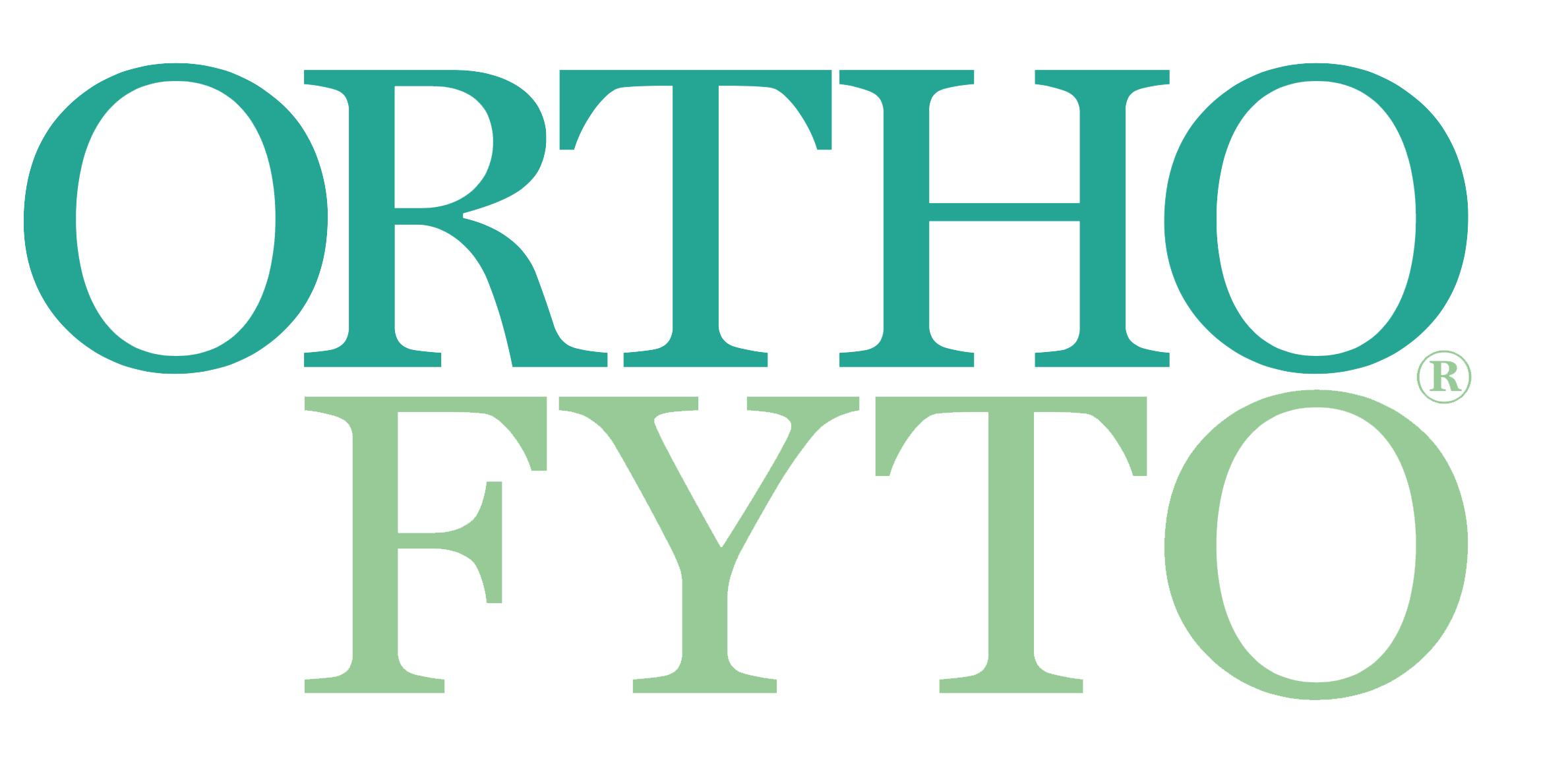De bepaling van de vitamine E-status
04 Feb, 2019
Door: Brigitte Baumeister
Vitamine E bestaat uit verschillende vormen, tocolen genoemd. Aan E wordt een aantal belangrijke beschermende eigenschappen toegeschreven.1 Van alle tocolen is alfa-tocoferol (α-T) de bekendste en het best aantoonbaar in bloed.2 In de literatuur bestaat verdeeldheid over de vraag of vitamine E overeenkomt met alleen α-tocoferol of een combinatie van alle tocolen met hun diverse eigenschappen. Om de vitamine E-status te kunnen bepalen is behoefte aan een eenduidige definitie van vitamine E, de biomarker(s) met bijbehorende referentiewaarde(n) en de optimale bepalingsmethoden.
RRR-α-T is de natuurlijke vorm van α-T. Deze vorm wordt ook wel als enige vitamine E genoemd. Dat is omdat in de lever voornamelijk RRR-α-T gebonden wordt aan het transporteiwit ‘α-tocopherol transfer protein’ (α-TTP)2 en daardoor het best aantoonbaar is in bloed. Maar de overige tocolen blijken belangrijke andere eigenschappen te hebben. Bij de bepaling van de vitamine E-status is het daarom van belang dat die gebaseerd is op de werking van alle tocolen. Er is echter alleen een referentiewaarde voor α-T vastgesteld, nl. 14 µmol RRR-α-T/l. Deze is bovendien gebaseerd op een test die enkel uitgaat van haar antioxidatieve eigenschappen, zonder rekening te houden met de andere eigenschappen van vitamine E.3 Terwijl vitamine E ook een rol speelt bij de regulatie van de expressie van genetische eigenschappen, het doorgeven van signalen binnen cellen en van cellulaire functies in het algemeen.4-6
Inmiddels is bekend dat aan concentraties ≥ 30 µmol/l voordelige gezondheidseffecten worden toegeschreven.7-12 Deze informatie geeft de beperktheid van de huidige referentiewaarde aan en nodigt uit om deze te herzien, of uit te breiden met referentiewaarden voor de overige tocolen. Dit artikel is een inventarisatie van huidige en mogelijk toekomstige biomarkers van de vitamine E-status, waarbij rekening wordt gehouden met alle tocolen.
Lees het gehele artikel vanaf pagina 34 in OrthoFyto 1/19.
Wilt u het hele artikel als PDF ontvangen? Bestel het dan hier voor € 3,50
Bronvermelding:
- Kanchi MM, Shanmugam MK, Rane G, Sethi G, Kumar AP. Tocotrienols: the unsaturated sidekick shifting new paradigms in vitamin E therapeutics. Drug discovery today. 2017;22(12):1765-81.
- Schmölz L, Birringer M, Lorkowski S, Wallert M. Complexity of vitamin E metabolism. World journal of biological chemistry. 2016;7(1):14.
- György P, Rose CS. Tocopherol and hemolysis in vivo and in vitro. Annals of the New York Academy of Sciences. 1949;52(3):231-9.
- Zingg J-M. Modulation of signal transduction by vitamin E. Molecular Aspects of Medicine. 2007;28(5-6):481-506.
- Burton GW, Joyce A, Ingold KU. Is vitamin E the only lipid-soluble, chain-breaking antioxidant in human blood plasma and erythrocyte membranes? Archives of Biochemistry and Biophysics. 1983;221(1):281-90.
- Olcott H, Mattill H. The unsaponifiable lipids of lettuce. 3. Antioxidant. Journal of Biological Chemistry. 1931;93:65-70.
- Han SN, Adolfsson O, LEE CK, Prolla TA, Ordovas J, Meydani SN. Vitamin E and gene expression in immune cells. Annals of the New York Academy of Sciences. 2004;1031(1):96-101.
- Zingg J-M, Azzi A. Non-antioxidant activities of vitamin E. Current medicinal chemistry. 2004;11(9):1113-33.
- Zingg J-M, Han SN, Pang E, Meydani M, Meydani SN, Azzi A. In vivo regulation of gene transcription by alpha-and gamma-tocopherol in murine T lymphocytes. Archives of biochemistry and biophysics. 2013;538(2):111-9.
- Péter S, Friedel A, Roos FF, Wyss A, Eggersdorfer M, Hoffmann K, et al. A systematic review of global alpha-tocopherol status as assessed by nutritional intake levels and blood serum concentrations. Int J Vitam Nutr Res. 2016;14:1-21.
- Azzi A. Many tocopherols, one vitamin E. Molecular Aspects of Medicine. 2018;61:92-103.
- Azzi A. Molecular mechanism of α-tocopherol action. Free Radical Biology and Medicine. 2007;43(1):16-21.
- Shahidi F, de Camargo AC. Tocopherols and Tocotrienols in Common and Emerging Dietary Sources: Occurrence, Applications, and Health Benefits. International Journal of Molecular Sciences. 2016;17(10):1745.
- European Food Safety A. Dietary Reference Values for nutrients Summary report. EFSA Supporting Publications. 2017;14(12):e15121E-n/a.
- Burton GW, Traber MG, Acuff RV, Walters DN, Kayden H, Hughes L, et al. Human plasma and tissue alpha-tocopherol concentrations in response to supplementation with deuterated natural and synthetic vitamin E. The American journal of clinical nutrition. 1998;67(4):669-84.
- Traber MG. Vitamin E Inadequacy in Humans: Causes and Consequences. Advances in Nutrition. 2014;5(5):503-14.
- Borel P, Desmarchelier C, Nowicki M, Bott R, Tourniaire F. Can Genetic Variability in α-Tocopherol Bioavailability Explain the Heterogeneous Response to α-Tocopherol Supplements? Antioxidants & Redox Signaling. 2015;22(8):669-78.
- Borel P, Mekki N, Boirie Y, Partier A, Grolier P, Alexandre‐Gouabau M, et al. Postprandial chylomicron and plasma vitamin E responses in healthy older subjects compared with younger ones. European journal of clinical investigation. 1997;27(10):812-21.
- Borel P, Desmarchelier C. Genetic variations involved in vitamin E status. International journal of molecular sciences. 2016;17(12):2094.
- Thurnham D, Davies J, Crump B, Situnayake R, Davis M. The use of different lipids to express serum tocopherol: lipid ratios for the measurement of vitamin E status. Annals of Clinical Biochemistry. 1986;23(5):514-20.
- Yamanashi Y, Takada T, Kurauchi R, Tanaka Y, Komine T, Suzuki H. Transporters for the intestinal absorption of cholesterol, vitamin E, and vitamin K. Journal of atherosclerosis and thrombosis. 2017;24(4):347-59.
- Schultz M, Leist M, Petrzika M, Gassmann B, Brigelius-Flohe R. Novel urinary metabolite of alpha-tocopherol, 2, 5, 7, 8-tetramethyl-2 (2’-carboxyethyl)-6-hydroxychroman, as an indicator of an adequate vitamin E supply? The American journal of clinical nutrition. 1995;62(6):1527S-34S.
- Wallert M, Mosig S, Rennert K, Funke H, Ristow M, Pellegrino RM, et al. Long-chain metabolites of α-tocopherol occur in human serum and inhibit macrophage foam cell formation in vitro. Free Radical Biology and Medicine. 2014;68:43-51.
- Torquato P, Ripa O, Giusepponi D, Galarini R, Bartolini D, Wallert M, et al. Analytical strategies to assess the functional metabolome of vitamin E. Journal of Pharmaceutical and Biomedical Analysis. 2016;124(Supplement C):399-412.
